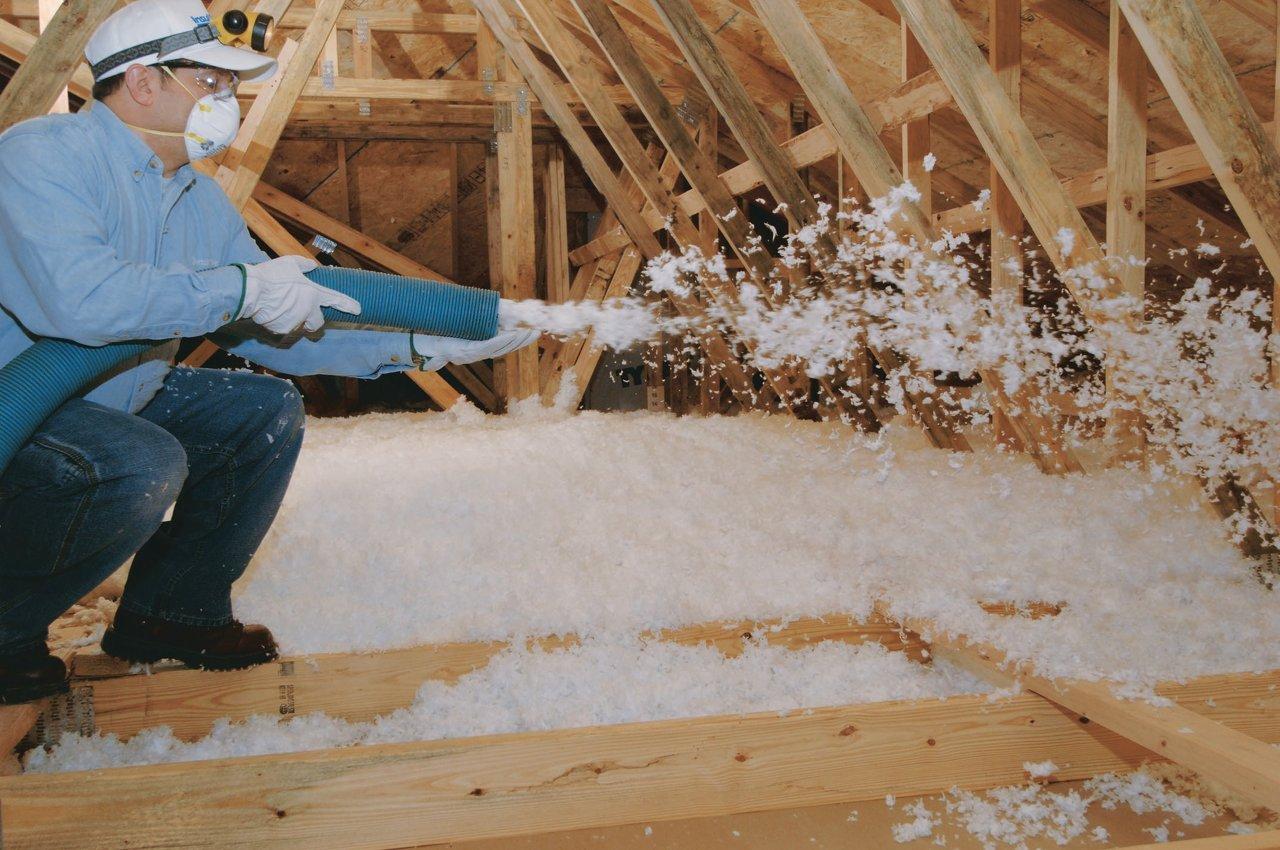Index Surge: Amplifying Your Insights
Stay updated with the latest trends and news across various industries.
Insulation: The Cozy Secret Your Home is Missing
Discover how insulation can transform your home into a cozy retreat—unleash the secret to comfort and savings today!
5 Benefits of Proper Insulation for a Cozy Home
Proper insulation is crucial for maintaining a cozy home environment. One of the primary benefits is its role in regulating indoor temperatures. With effective insulation, your home stays warmer during the winter and cooler in the summer, significantly reducing the need for heating and cooling systems. This not only enhances comfort but also leads to substantial energy savings, as you won't have to rely as heavily on these systems. Here are some key benefits:
- Energy Efficiency: Well-insulated homes consume less energy, leading to lower utility bills.
- Environmental Impact: Reducing energy consumption also lowers your carbon footprint, benefiting the planet.
- Noise Reduction: Insulation acts as a sound barrier, providing a more peaceful and quiet living space.
- Enhanced Home Value: Good insulation can increase the overall value of your property.
- Prevention of Moisture Issues: Proper insulation helps in avoiding mold and mildew growth, maintaining a healthier home atmosphere.

How to Choose the Right Insulation Material for Your Needs
Choosing the right insulation material for your needs is crucial for maximizing energy efficiency and comfort in your home. Factors such as climate, insulation type (batts, spray foam, rigid board), R-value, and environmental impact should all be considered. Start by assessing the environmental conditions in your area; for example, regions with extreme temperatures may require materials with a higher R-value to keep your home warm in winter and cool in summer. Additionally, evaluate the space where the insulation will be installed—attics, walls, and floors each have different requirements that can influence your choice.
Once you have an understanding of your specific requirements, compare the characteristics of different insulation materials. Fiberglass is widely used for its cost-effectiveness and ease of installation, while spray foam provides superior air sealing but at a higher price point. Don't forget to consider environmentally friendly options like cellulose or wool, which can also play a role in your decision-making process. To aid your comparison, create a list of pros and cons for each material based on factors that matter most to you, such as price, durability, and installation method.
Is Your Home Properly Insulated? Signs to Look For
Proper insulation is crucial for maintaining a comfortable and energy-efficient home. If you're wondering Is Your Home Properly Insulated?, there are several signs you can look for. First, check for fluctuations in temperature between rooms. If some areas feel significantly colder or warmer than others, it could indicate insufficient insulation. Additionally, condensation on windows and walls is a critical sign; excessive moisture can lead to mold and other issues. You should also pay attention to your energy bills—if they've been steadily rising without a clear reason, your insulation may not be doing its job effectively.
Another key indicator that your home might need better insulation is the presence of drafts. Walk around your home on a windy day and feel for cold air seeping in through windows, doors, or even electrical outlets. If you notice drafts, it may be time to consider a thorough insulation assessment. Moreover, when checking your attic and basement, look for visible gaps or insufficient insulation coverage. To sum up, addressing these signs quickly can lead to a more comfortable living environment and significant energy savings over time.